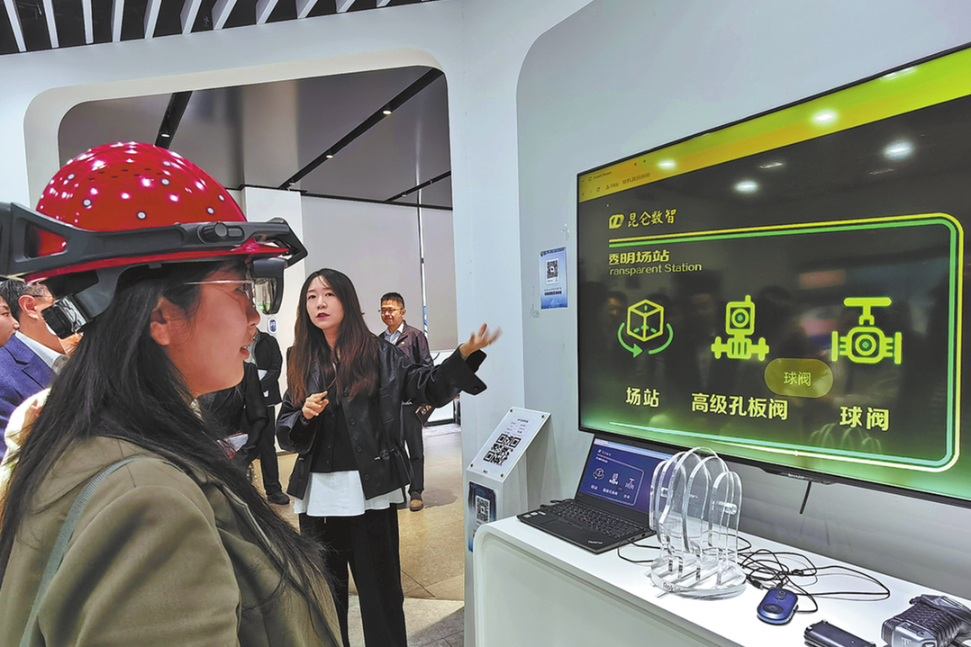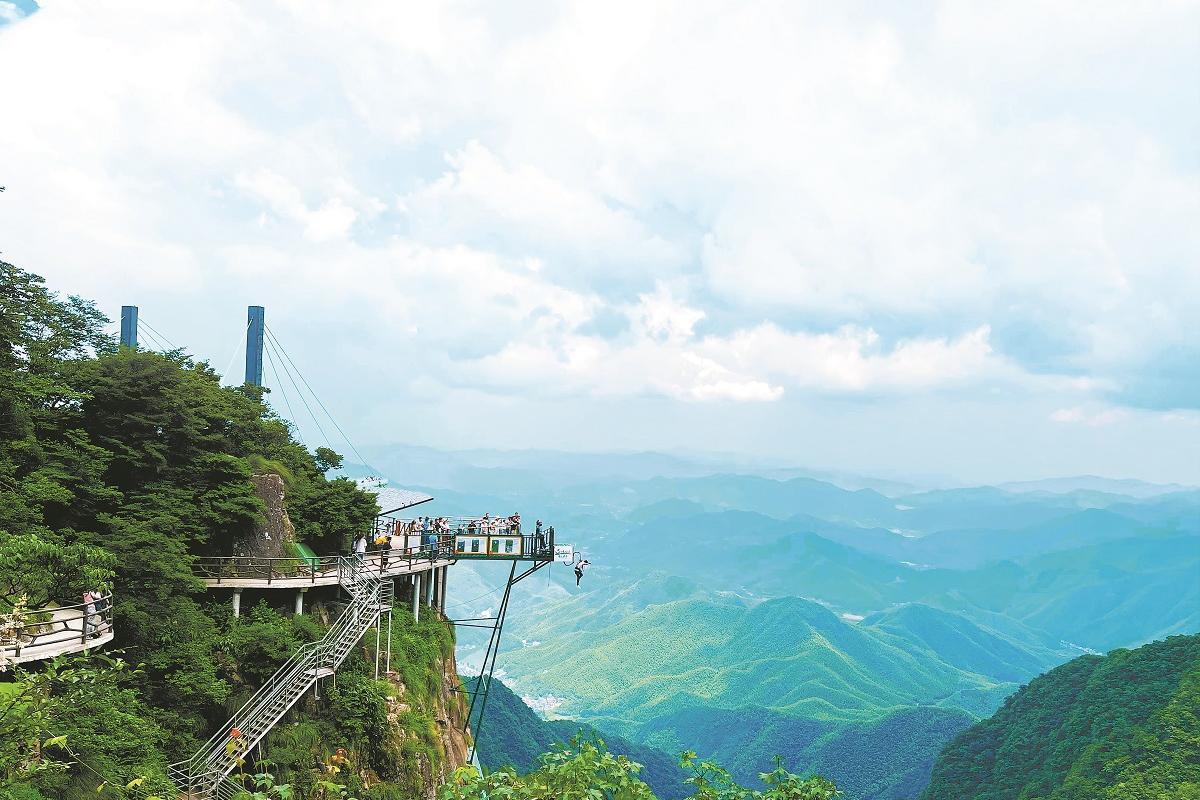Timeline

The China-Japan relationship (Year BY year 2005-13)
Oct 11, 2005
Japanese prime minister Junichiro Koizumi makes his fifth pilgrimage during his premiership to Yasukuni Shrine in Tokyo, which honors Class-A convicted war criminals from World War II. The move bilateral ties to a new low.
Oct 8, 2006
Japanese prime minister Shinzo Abe pays an official visit to China. During the ice-breaking visit, the two countries agree to upgrade ties to a strategic, mutually beneficial relationship.
April 11, 2007
Chinese premier Wen Jiabao visits Japan. The trip has been endorsed as the one "that thawed the ice", signifying that top level mutual visits had been normalized.
May 6, 2008
Chinese president Hu Jintao begins visit to Japan. It has been described as "a trip of the warm spring", the highlight of the year for the bilateral relationship.
Sept 16, 2009
The Democratic Party of Japan brings an end to decades of Liberal Democratic Party rule. Prominent party figures send friendly signals to China after their electoral success.
Sept 7, 2010
Off China's Diaoyu Islands in the East China Sea, a Japanese coast guard vessel collides with a Chinese fishing boat, and the Japanese detain the captain the following day. The fracas is widely regarded as adding new strains to the relationship.
May 21, 2011
Wen Jiabao visits earthquake-hit areas in Japan before meeting leaders of China, Japan and the Republic of Korea.
Sept 11, 2012
Japanese cabinet, led by prime minister Yoshihiko Noda, unilaterally announces a decision to "nationalize" Diaoyu Islands, prompting anger from both the Chinese government and the public.
Dec 26, 2013
Japanese prime minister Shinzo Abe pays his first visit during his second premiership to Yasukuni Shrine. The action infuriates China and the Republic of Korea and draws criticism within the country.
July 1, 2014
Japanese cabinet decides to change governmental interpretation about the pacifist constitution, paving way for collective self-defense, or going to the aid of an ally under attack. This has been perceived as a turning point in Japan's postwar security strategy.
(China Daily Africa Weekly 10/03/2014 page31)
Today's Top News
- HK's Jimmy Lai convicted in national security case
- China announces countermeasures against former Japanese senior official
- Australia set to further tighten gun control laws
- HKSAR security chief on conviction of Jimmy Lai
- Jimmy Lai's verdict sends clear messages
- Japanese scholar condemns Japan's risky defense spending






























